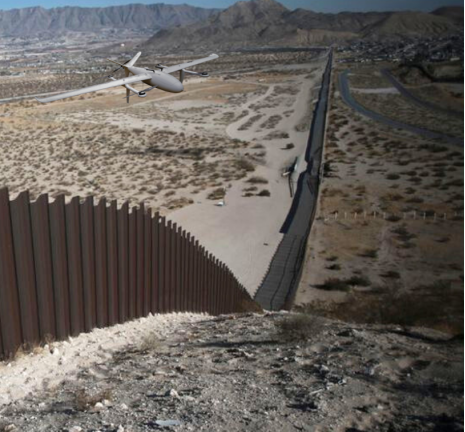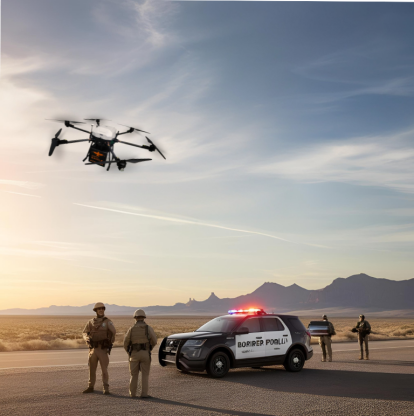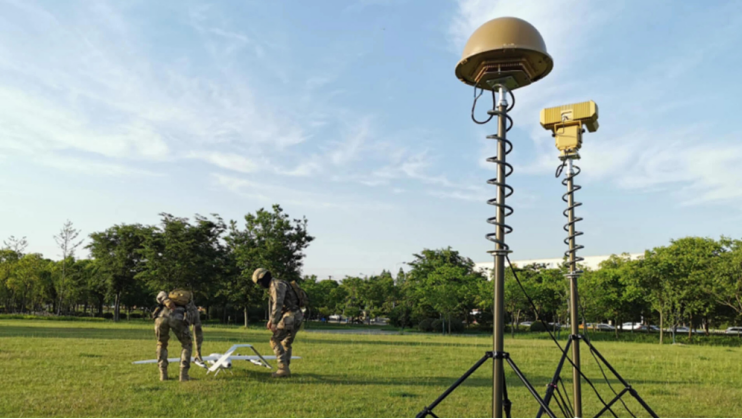How to improve border security?
How to improve border security?
Mar 20, 2025
Unmanned aerial vehicles (UAVs), commonly called drones, have been proven to be a very good technology for national border security. Through the multiple applications drones serve, border surveillance is one of the most important.
Within security operations, border surveillance is just one possible use of UAVs. However, in today’s geopolitical scenery, which is under growing international tensions (increased migration, smuggling, and terrorist threats), UAVs offer a strategic security advantage. They provide a scalable, low cost alternative to traditional ground patrols. They allow monitoring in vast and often inaccessible border zones. However, UAVs are not designed to replace human patrols but to strengthen existing systems. Their ability to cover large distances rapidly, provide continuous aerial views and operate in environments that may be risky or impossible for human agents to go to. Importantly, UAV operations remain human supervised; monitored and controlled from command centers where one operator can manage multiple drones at the same time, centralizing data collection, decision-making, and rapid response coordination.

UAVs used for border security integrate multiple capabilities to improve their efficiency. Drones can have a payload with high-resolution cameras, night vision, and real-time video streaming systems, allowing border agencies to monitor vast territories and hard to access zones, such as mountains, deserts, forests, or open water.
Two main types of drones are used for this type of monitoring. Firstly, multirotor drones are practical for surveillance in confined or restricted zones where precise hovering and maneuverability are needed. Though their autonomy is limited, systems integrating wireless charging stations (drone docking stations) or rotation schedules can ensure continuous operations (24/7). The second type of drone used is the VTOL (vertical take-off and landing) drones, which have both the flexibility of vertical take-off with the long-range endurance of fixed-wing aircraft. Their design enables use in rough weather conditions and long distances, ideal for continuous monitoring of long border-fenced areas.

Moreover, UAVs can operate with object recognition technologies, distinguishing between humans, animals, or vehicles, and bettering responses based on the type of the intrusion. When necessary, drones can carry speaker payloads to deliver warning messages, acting as a first layer of deterrence before physical intervention becomes necessary.
One of the primary advantages of integrating UAVs into border security lies in the protection of human agents. Traditionally, border patrols require a lot of manpower to be deployed across isolated and sometimes dangerous places (deserts, politically sensitive zones…). UAVs significantly reduce the need for human presence on site, limiting exposure to risks (ambushes, environmental hazards, or confrontations). By providing images and videos, UAVs permit command centers to assess situations and decide when to send partols. This shift optimizes human resources. Drones then offer early detection and threat assessment, especially important in preventing illegal crossings, smuggling operations, or potential terrorist infiltrations. Additionally, the ability to have higher surveillance frequencies in critical zones ensures that resources are where they are most needed. Also allowing for adaptive/smart border management.


The possible additionality of drones with anti-drone systems can also reinforce the protection. While UAVs secure the border, complementary systems prevent unregistered/dangerous drones from breaching sensitive zones.
Also, using UAVs helps justify security measures for legal purpose. In cases where drones warn intruders through a speaker, authorities have a recorded trail of the intervention, reinforcing the legality and necessity of further actions.
Finally, this technology has environmental and financial advantages. Drones reduce reliance on fuel ground patrols while charging and energy sources lower environmental impacts. Large-scale implementation can generate economic opportunities and create specialized jobs in drone operation, data analysis, and system management.
Recent Posts

October 26, 2016
The Most Successful Engineering Contractor
Jun 27, 2025
UAV Training Academies
May 21, 2025
WHY INTEGRATE DRONES IN SMART CITIES?
Apr 22, 2025
WILDLIFE MONITORING AND CONSERVATION APPLICATION
Apr 09, 2025
How Drones Are Changing Disaster Response


